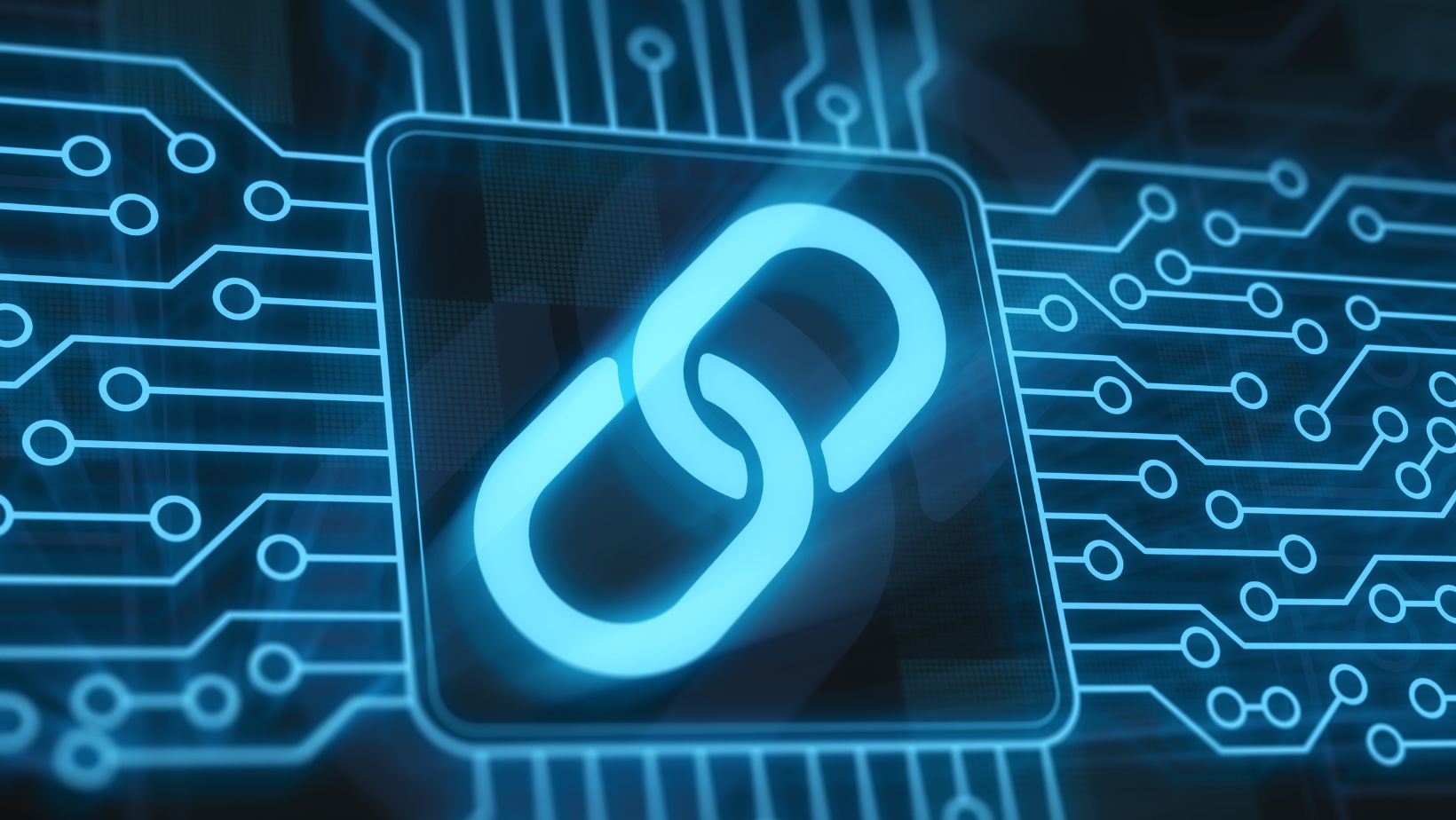
Blockchain rollups and AI are two of the most promising technologies that are currently driving radical transformations while also showing huge possibilities for the future. So, it has been obvious that these technologies will merge together in some form or another, and we are already seeing this merge. To give you the extent of this amalgamation and the interesting possibilities it brings to the table, we decided to dedicate this article to the emerging startup opportunities these two together enable. Let’s understand the different ways these technologies are converging in the form of different projects that are combining these.
A little refresher to get on the same page. Primarily, rollups are a layer2 solution to scale Ethereum. AI or Artificial Intelligence comes in all sizes, shapes, and forms, like Generative Pretrained Transformers and other machine learning models. Everything is being experimented with in some way or another. Most of the projects work on many of those aspects of artificial intelligence to facilitate the development or make use of existing models. This will get clearer as we proceed with the article. Let’s get started.
Computation
Projects like Swanchain and Optopia are prominent ones that provide the necessary decentralized storage, computing, bandwidth, and payment infrastructure for AI systems. These projects use OP stack to reduce costs and improve efficiency. They make the tools and infrastructure available for anyone who is willing to train and deploy AI models on platforms.

By using blockchain rollups and AI, Swanchain claims the cost reduction to be as high as 70%. So, if more projects like these help monetize idle computing resources, the value factor increases exponentially for everyone.
Inference
Once the artificial intelligence model has been trained on the data, it can now be used in the real world to solve problems or interact with users. This part of artificial intelligence is called inference. Many rollup-based startups are working to provide this to users and are quite successful at doing so. For example, Heurist, a decentralized GPU for AI, provides this with more than 13000 registered GPU miners, 340 million+ images created, and over 1 billion text generation requests processed as of writing this article. This shows that there is a high demand for this, and projects are doing extremely well in this category. Modulus Labs and Spectral Labs are similar projects that are showing promise.
Data for AI Training
AI models need a ton of data for training. Gathering the crucial data for training of new and old models is also an interesting opportunity that some startups are working on. Let’s take Grass, for example. This project operates on a worldwide network of devices that constantly scrape data from the web and store it in an efficient format that can then be used for AI training. The data is available on servers after cleaning, processing, and storing it for AI training. It also has a provision for storing the metadata with it so that the authenticity of the original data can be verified when used. Space and Time is another such solution that has gathered about $50M in funding as of writing this article. Using both Rollups and AI to facilitate this data scraping and processing is another interesting opportunity in the new field.
Privacy and identity
OpenAI’s CEO Sam Altman has the solution to change the way our digital identity can be verified through a project called World, formerly Worldcoin. The project combines crypto with AI to generate a digital identity for every unique person based on their iris scans.

This “Proof of personhood” is supposed to help create a unique signature of every human who is navigating the internet to distinguish themselves from bots. Humanity protocol is a project that also tackles a similar problem of identity and privacy on Web3. Both have gained massive funding and are still growing.
Although AI x Rollup has many use cases, and a lot of those are currently actualizing in the form of many successful projects, these were the ones that came on top in terms of attention, funding, and the current user base. There are a lot more to come, and a lot of innovation is still needed in the Rollup and Artificial Intelligence departments.
Conclusion:
The training and inference part of AI can be streamlined easily with the help of layer2 rollups, and the computation involved in both these aspects can be provided by the DePIN infrastructure that rollups specialize in. Along with that, providing data for training AI models and privacy on the internet are also some of the more promising startup opportunities that are currently taking center stage for the convergence of AI and blockchain. Going forward, we’ll see even more prominent innovations in the AI rollup landscape that will shape the future of blockchain applications.












